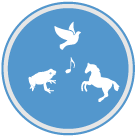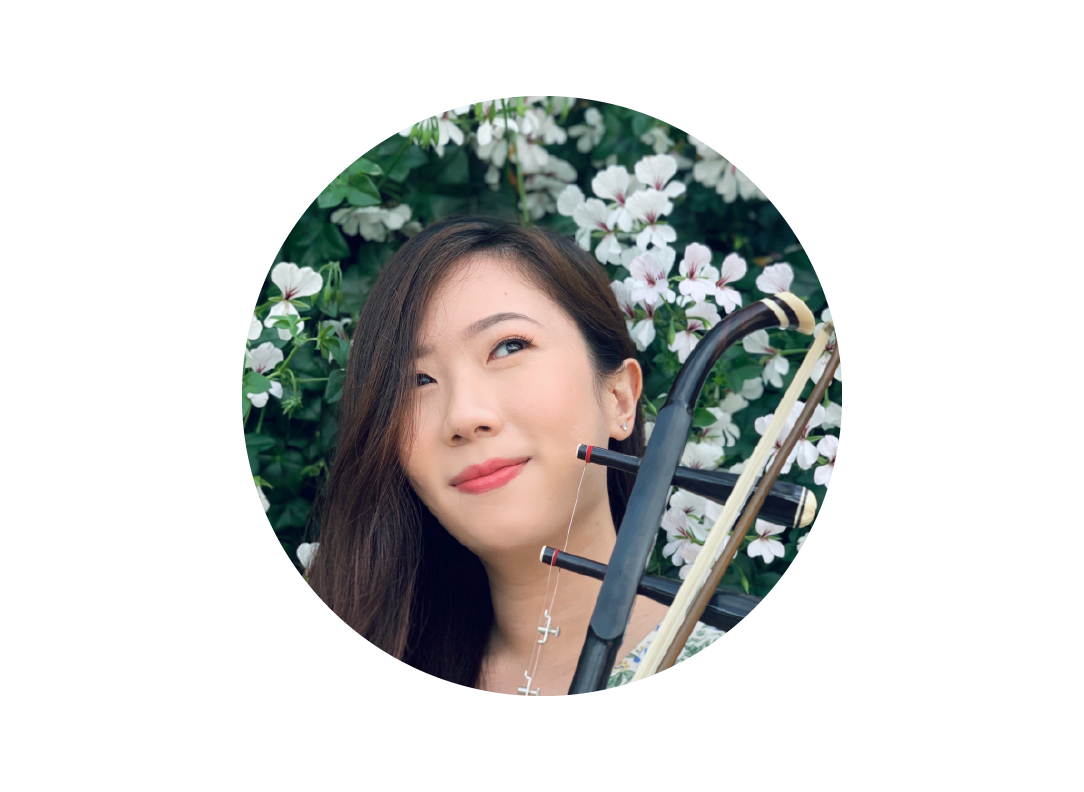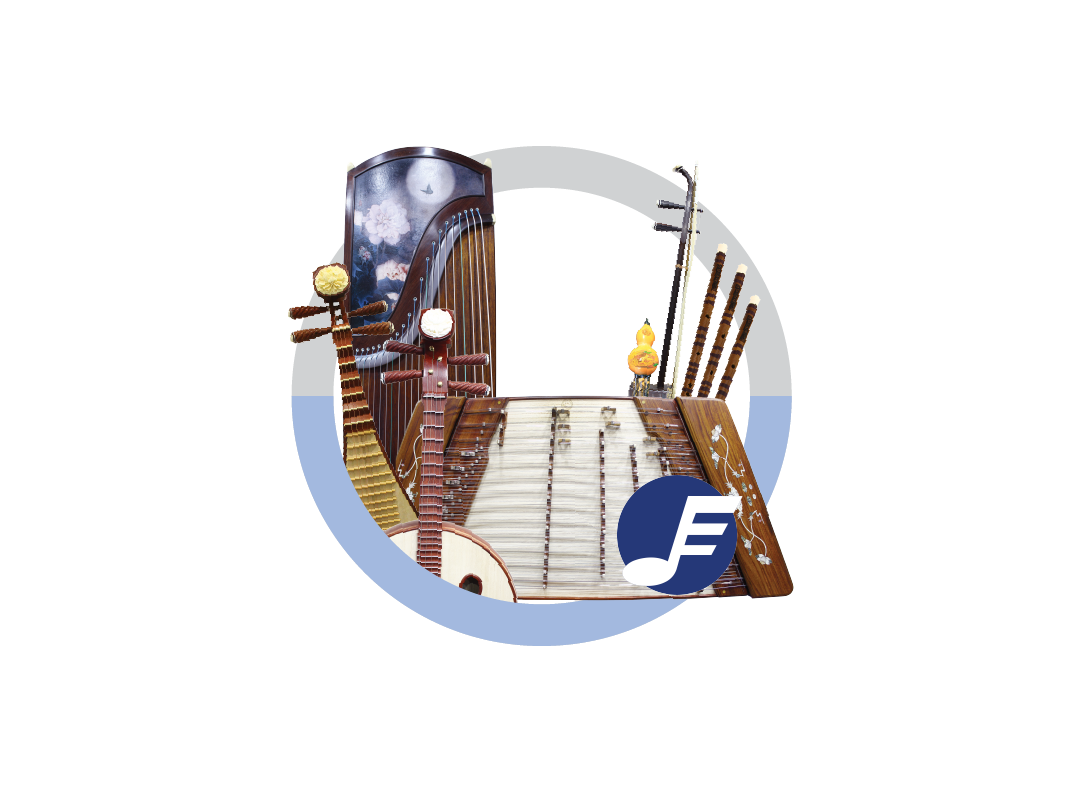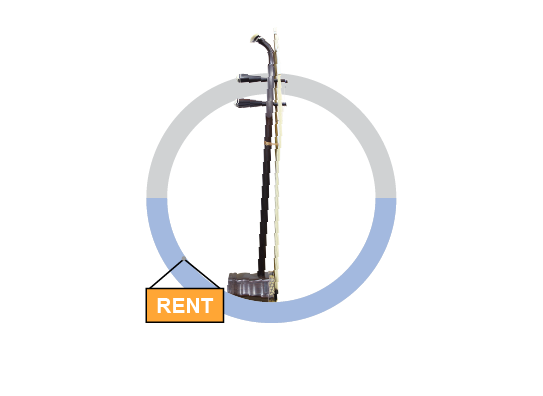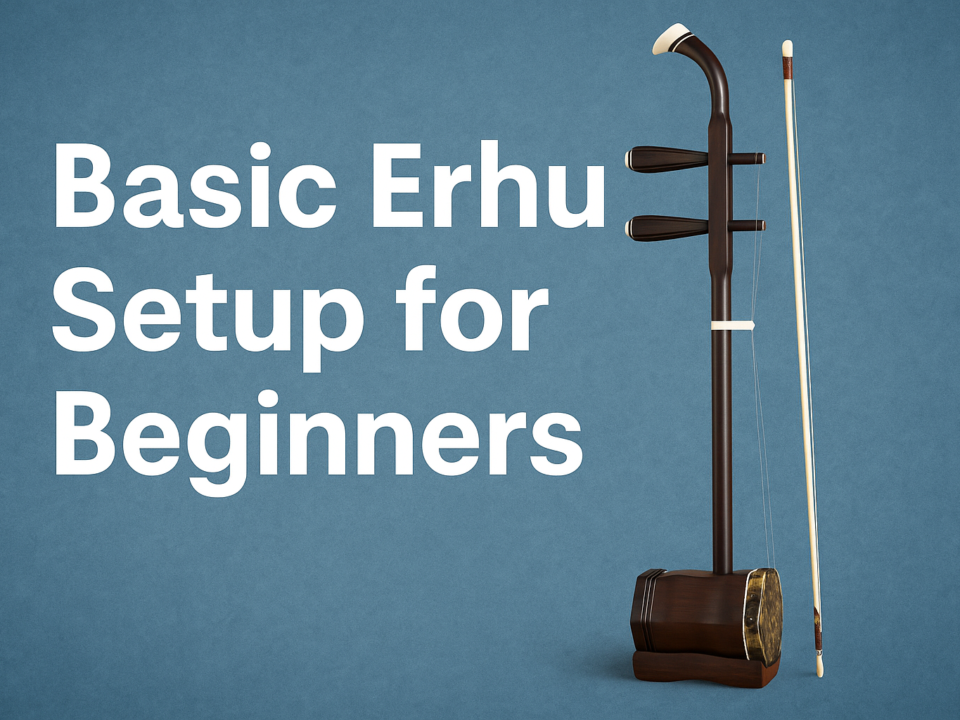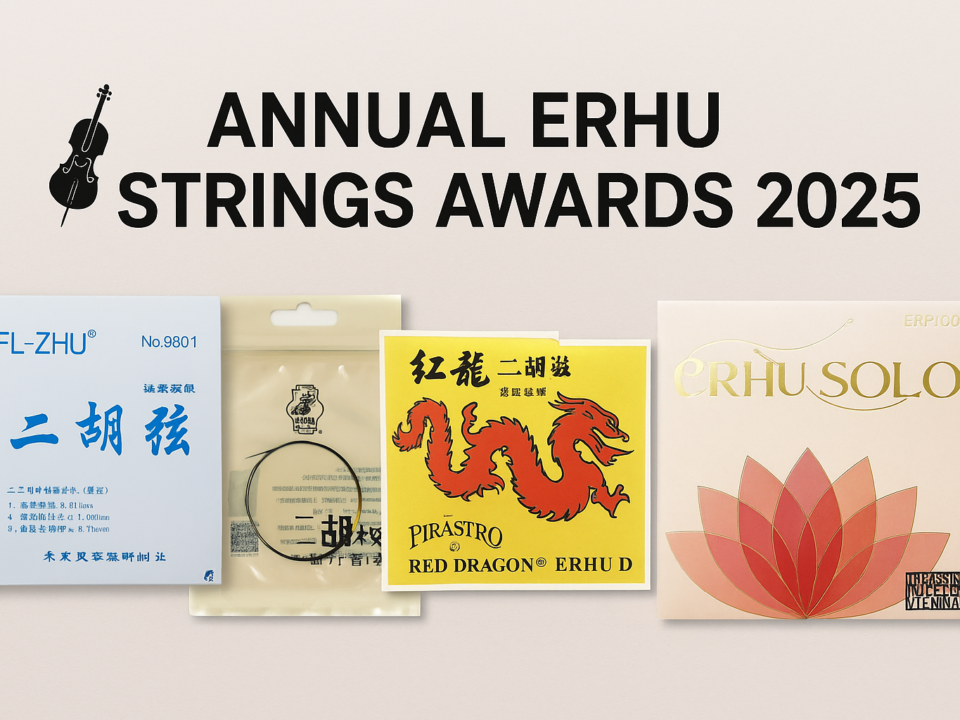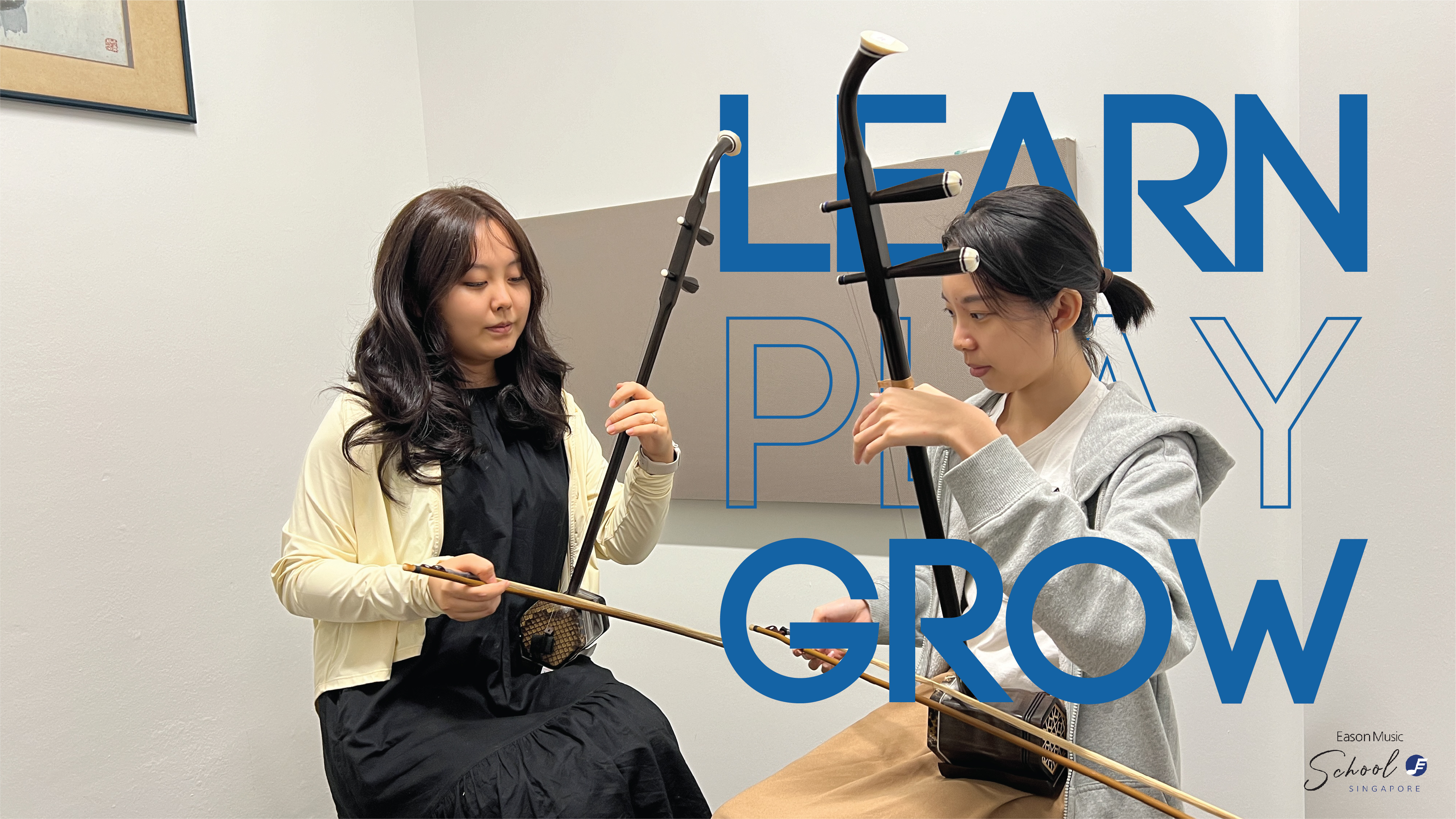
ERHU LESSONS SINGAPORE
Eason Music School's friendly Erhu lessons right here.
Your gateway to unlocking its mesmerizing melodies!
An ancient gem of the Orchestra, right in your hands.
The Erhu possesses a unique ability to weave soulful and joyful tunes alike, creating an emotional symphony that touches hearts.
Unveil the secrets of this extraordinary instrument with the guidance of our expert instructors.
Learning the Erhu can be challenging, especially when navigating it on your own.

Your Journey Starts Here!
At Eason Music, we understand this journey, and that's why we've gathered a team of seasoned Erhu instructors dedicated to lighting your path.
Ready to take the 1st step towards Erhu mastery?
Sign up for a trial session today and experience the magic of creating beautiful melodies. Let us be your companions on this fulfilling journey of musical discovery.
Start your captivating Erhu journey in Singapore today! Enrol in a trial session at Eason Music School and experience the magic of Erhu Classes Singapore.
🎼 Start Your Erhu Trial Now! 🎼
6 Reasons To Learn Erhu
WHAT CAN YOU EXPECT?
Learning a new music instrument can sometimes feel intimidating. Sometimes, unclear goals might even discourage us from continue learning the instrument too. We acknowledge your concerns, and here are some things to look forward to while taking Erhu lessons.
Beginner LevelStart of something new
You'll dive into the foundational aspects. Learn the proper way of the right hand bowing as well as proper posture of left hand fingerings. Starting off with learning to read Chinese numerical notation so that you know the notes to every piece you are presented with. Expect to play short and simple tunes at a slower tempo to work on getting a good tone with your bow and good intonation on your left hand. This sets the stage for more complex techniques ahead.Intermediate LevelDo more with your new abilities
You will learn how to read and play tunes in more complicated keys like F, Bb and C. Delve deeper into more complex tunes that challenge your skills with faster tempos. Intermediate techniques on the left hand such as vibrato, slides, ornaments etc will allow you to finally sound like those Erhu tunes you hear on youtube, adding color, depth and expressiveness to your playing.Advanced LevelBe a master of your instrument
This is where you put everything together and tackle complex tunes. Prepare to immerse yourself in elaborate, lengthy pieces that demand dexterity, finesse and all the techniques you have learnt. These concertos like 洪湖人民的心愿(Hong Hu)、长城随想(Great Wall Capriccio)、兰花花叙事曲(Lanhuahua) not only test your techniques, but also your understanding of the background and unique flavours of the tune. The rewards are immense when you finally are able to immerse and indulge the very essence of the Erhu.
Grading exams, solos, concerts? The world is your oyster
Eason Music provides a structured path to growth. Annual grading exams by esteemed institutions like the Nanyang Academy of Fine Arts or The TENG Company, mark significant milestones in your musical journey and allow you to understand your level of playing better. Annual student recitals offer a platform to showcase your talents and gain valuable performance experience. Students can even enter into national competitions like the Singapore Chinese Music Competition, which not only challenges your skills but also provides opportunities for recognition and networking within the global music community. The Erhu is an integral part of the Chinese Orchestra; joining community orchestras allows you to share your passion, refine your orchestra skills and foster a sense of community among fellow musicians.
Taking Erhu Classess with Eason Music is not just a pursuit of instrumental mastery; it's an journey of personal growth and musical revelation. With expert guidance, ample opportunities for performance and advancement, and a nurturing community, every note played brings you closer to the artistry of the Erhu and the joy of creating enchanting melodies.
ERHU
CHINESE VIOLIN
An introduction to the Erhu
The Erhu (二胡), also known as the "Chinese fiddle," stands as a revered symbol within the realm of traditional Chinese music. This instrument, with origins tracing back centuries, embodies a distinctive allure with its resonating, ethereal tones and graceful structure.
Crafted with a wooden body covered by a resonant snakeskin membrane, the erhu's essence lies in its simplicity—a minimalist design showcasing two delicate yet powerful silk strings. Played expertly by musicians wielding a bow delicately placed between its strings, the erhu is celebrated for its ability to evoke profound emotions through haunting melodies. Its versatility transcends genres, gracing Chinese classical, folk, and contemporary music with its evocative soundscapes.
WHY EASON MUSIC?
CHOOSE YOUR OBJECTIVES
In Eason Music we recognise that different people have different objectives when learning the Erhu.
Thus the choice is yours to choose to learn for leisure or for exams.
TENG NTU-CI Exam Syllabus
This stage is for Grade 1-3 (Based on Teng - CI - NTU - Chinese instrumental examination).
During this stage, you should be able to achieve:
* Proper performing postures and techniques of using both hands
* Able to perform D major, G major and F major on the first positioning, keeping proper pitch and intonation
* Able to make use of smooth movements and co-ordinations of the arm, forearm and wrist to achieve the right hand bow techniques, and fully utilize the entire bow length
* Proper left hand posture with better finger strength control
* Able to apply vibrato(rouxian) and simple changing of the strength in expression
* Master the correct performing techniques on the 3 finger positions and to be smooth when changing positions
Grade 1 repertoire:
Ma Yi La (玛依拉), Feng Yang Hua Gu (凤阳花鼓), Nan Er Dang Zi Qiang (男儿当自强), Xiao Xing Xing (小星星)
Grade 2 repertoire:
Sen Ji De Ma (森吉德玛), Nan Ni Wan (南泥湾), Yang Ge Diao (秧歌调), Mo Li Hua (茉莉花)
Grade 3 repertoire:
Xiao Hua Gu (小花鼓), Zu Guo De Hua Duo (祖国的花朵), Mu Ren De Kuai Le (牧人的快乐), La Luo Tuo (拉骆驼)
*Progress depends on individual's efforts*
This stage is for Grade 4-6 (Based on Teng - CI - NTU - Chinese instrumental examination).
During this stage, you should be able to achieve:
* Master the techniques of fast bowing (kuaigong) and fast changing from one string to the other.
* Able to perform song pieces in the key of C major
* Able to change finger positions in a smooth manner, with good control of pitch and sense of rhythm
* Able to perform common Erhu techniques such as portamento(huayin) and vibrato(rouxian)
* Perform slow bowing with strength, giving it a full tone
* Skillful co-ordination of both hands, performing pieces with a certain level of presentation
Grade 4 repertoire:
Liang Xiao (良宵), The River's Tide (大河涨水沙浪沙), Guang Ming Xing (光明行), Chun Jiang Hua Yue Ye (春江花月夜)
Grade 5 repertoire:
Dance of the Ami Tribe (阿美族舞曲), Harvest Happiness (喜送公粮), Purple Bamboo Tune (紫竹调), Listening to the Pines (听松)
Grade 6 repertoire:
Chun Shi (春诗), Song of Birds in a Desolate Mountain (空山鸟语), Sunan Ditty (苏南小曲), Qin Feng (秦风)
*Progress depends on individual's efforts*
This stage is for Grade 7-8 (Based on Teng - CI - NTU - Chinese instrumental examination).
During this stage, you should be able to achieve:
* Master the techniques of fast bowing (kuaigong) and fast changing from one string to the other.
* Able to perform song pieces in the key of C major
* Able to change finger positions in a smooth manner, with good control of pitch and sense of rhythm
* Able to perform common Erhu techniques such as portamento(huayin) and vibrato(rouxian)
* Perform slow bowing with strength, giving it a full tone
* Skillful co-ordination of both hands, performing pieces with a certain level of presentation
Grade 7 repertoire:
Ditty of Henan (河南小曲), Reflection of the Moon on Erquan (二泉映月), Hopes of Honghu People (洪湖人民的心愿), Spring Scenery of Jiang Nan (江南春色)
Grade 8 repertoire:
Autumn Moon over the Han Palace (汉宫秋月), The Great Wall Cappricio - Third Movement Memorial Ceremony for Fallen Defenders (长城随想 第三乐章- 忠魂祭), Three Variations of the Parting at Yangguan (阳光三叠), The Lan Hua Hua Rhapsody (兰花花叙事曲)
*Progress depends on individual's efforts*
MEET OUR ERHU TEACHERS!
A student is only as good as her teacher. We only work with qualified and dedicated teachers
Guo Xiao Jin
Wang Si Qi
Deborah Siok
Wang Zhi Jun
Chen Ning
Huang Kexin
Lim Ee Teck
Erhu Class Information
You can opt to take Erhu lessons at our studios at CT Hub 2, or at the comfort of your home. Different rates apply.
What Our Students Say
Need an instrument?
Of course you do! A little practise a day goes a long way.Frequently Asked Questions
The Erhu is an instrument that is hard to pick up. One of the bottlenecks when learning the Erhu is getting used to the posture of the right hand, which you hold the bow with.
Another is with the left hand. Unlike our western counterpart the violin, Erhu does not have a fret board. It will be more challenging for learners to find and remember the position of notes and how much force to use for every note to find the correct intonation. In exchange, we have a number of techniques that are unique to the Erhu which the violin is unable to perform.
Having said that, the Erhu is an extremely rewarding and satisfying instrument to learn. An instructor can definitely make your learning much more simple and enjoyable!
The Erhu may not as loud as you might think! According to empirical research, the Erhu played at a forte level is about 80-90dB, which translates to somewhat louder than a conversation, which is about 60dB, when played at a normal level.
If you are afraid that the volume might affect your family or neighbours, the Erhu has a mute which suppresses almost half of your playing volume.
The Erhu is made up of 2 main parts. The bow and the instrument. The bow is made using either wood or bamboo, with the latter being more common. The hair of the bow is made of horsehair.
The whole instrument (pegs, body and resonating box/chamber) is made of one type of wood. Common wood types used to make Erhus are Ebony wood, Rosewood and Sandalwood. In the past, it is common to see tuning pegs are made with different wood than the main body.
Some Erhus are installed/fitted with mechanical bronze tuners. These are not as common now and the design of these bronze tuners differ between the region it is made in, such as Shanghai and Beijing.
Similar to the head of the Erhu, tuning pegs often have decorative ends that are made with plastic. In the past, they are also made with of ivory or even bone, but has since been discontinued.
The decorative piece of the Erhu's resonating box/chamber is made out of a different type of wood than the main body. The most vital part of the instrument responsible for producing the sound and vibrations of the instrument is located on the other side, which is the snakeskin.
The strings were made of silk in the past. Now, we use steel strings and some have gold or silver coated on them.
Want to learn more about the Erhu?
Click the posts below!



